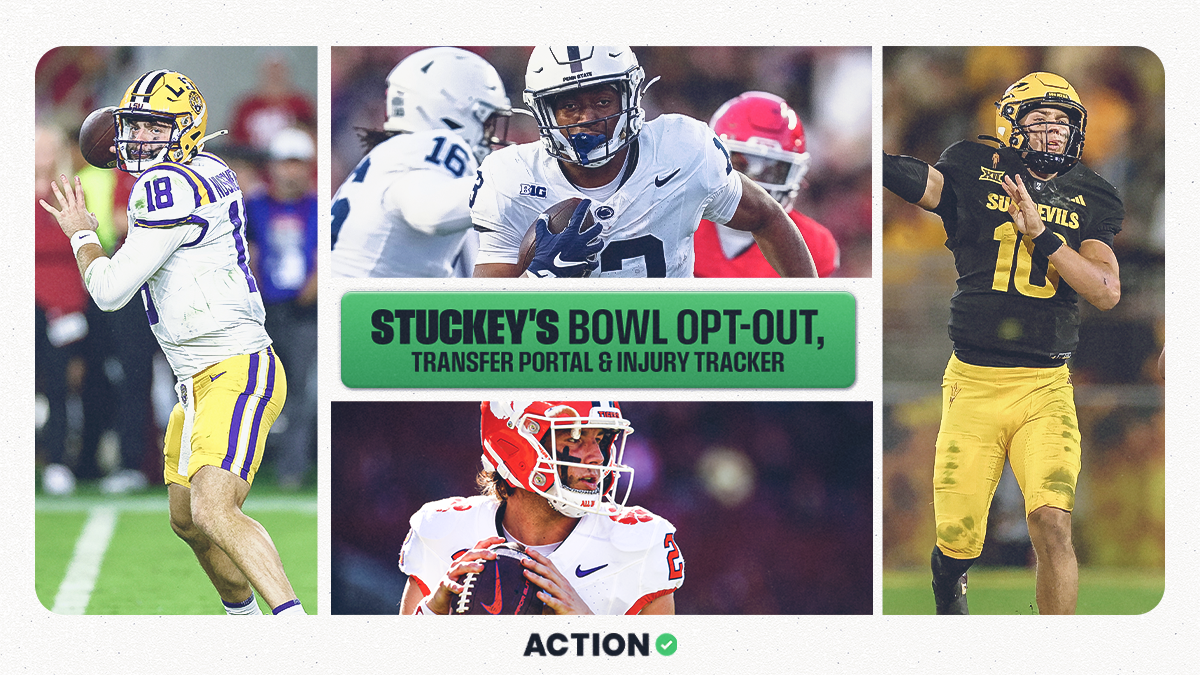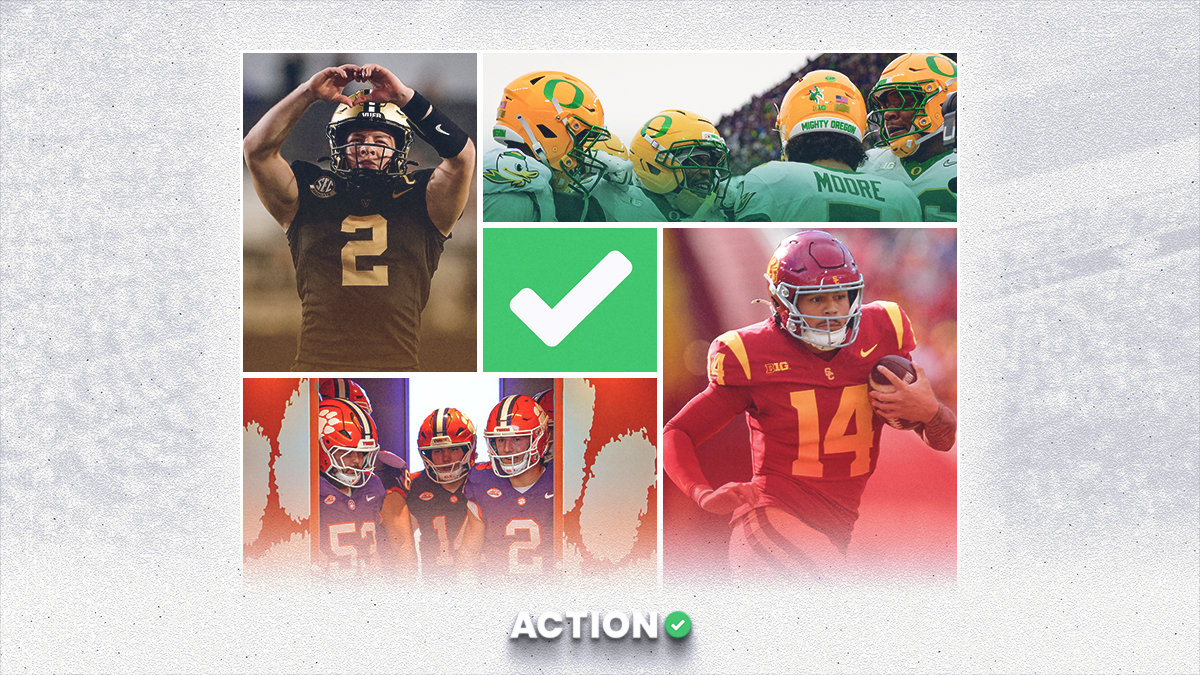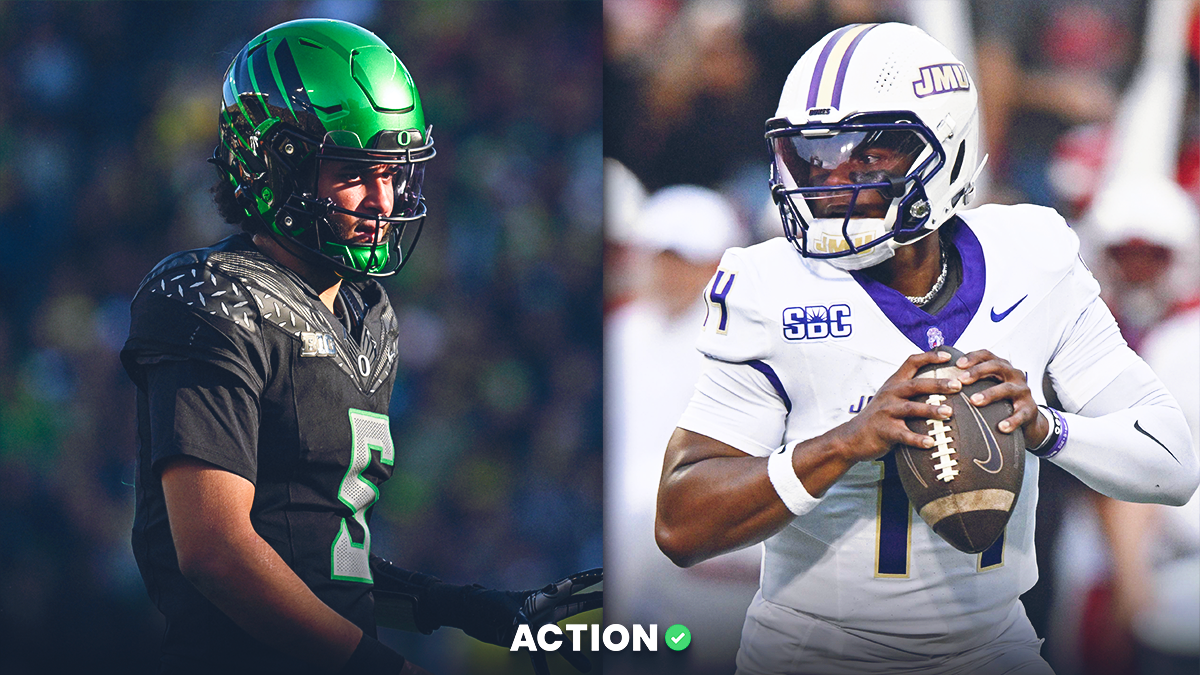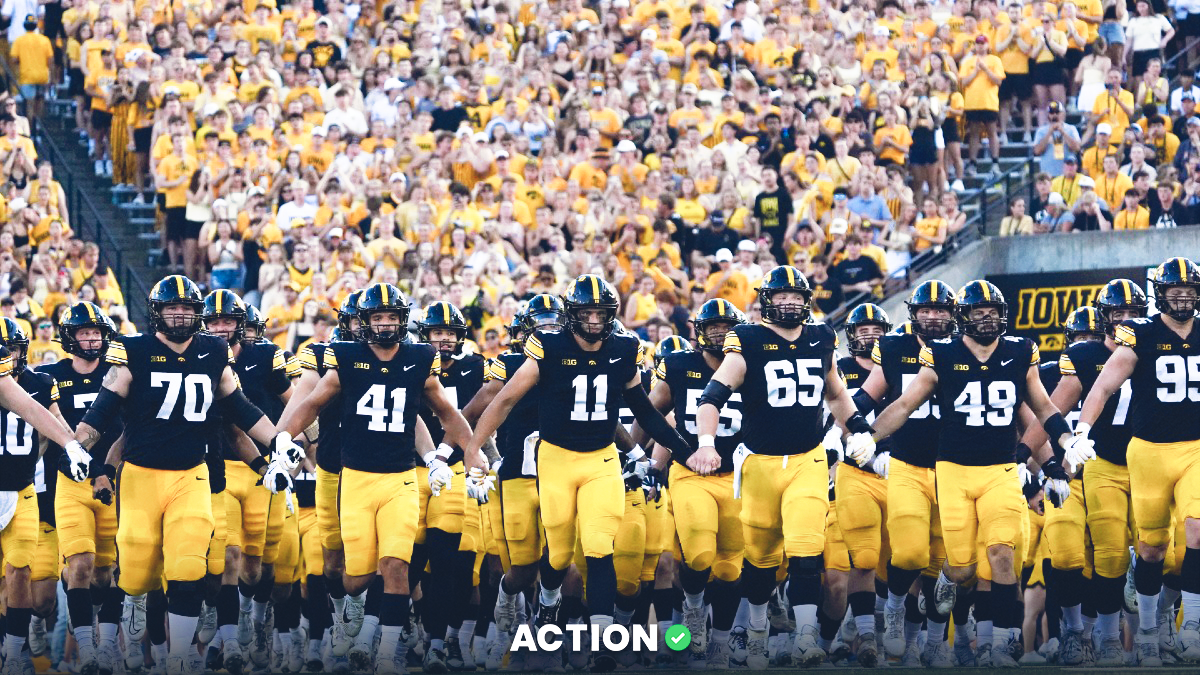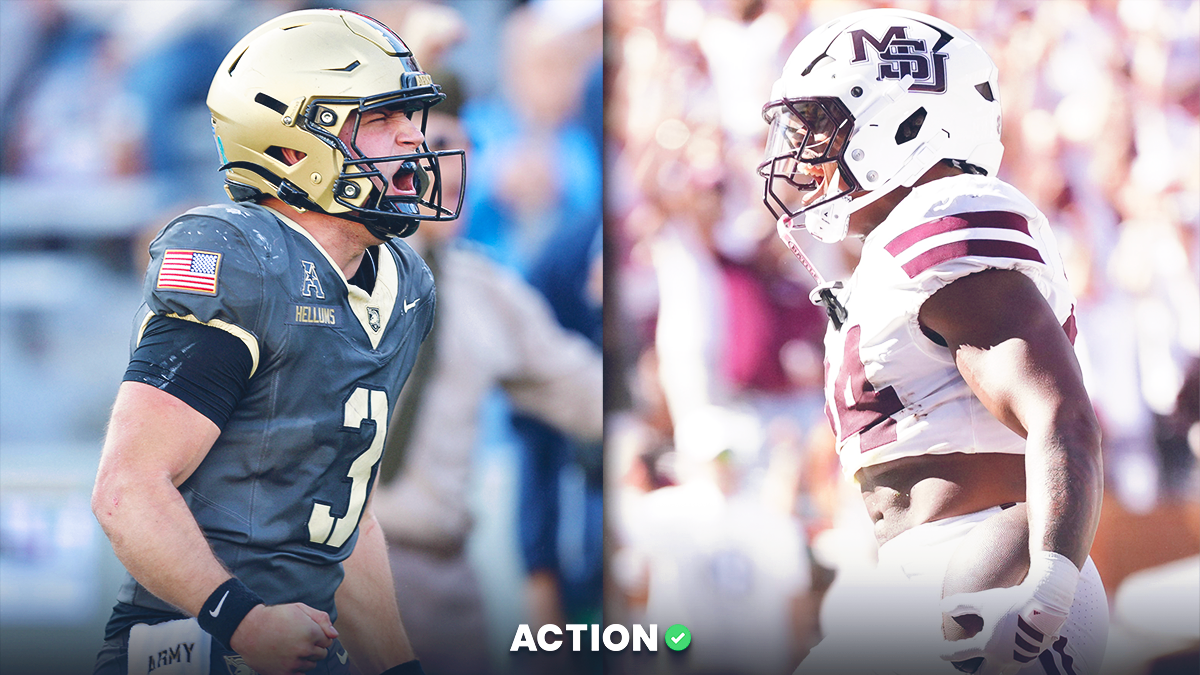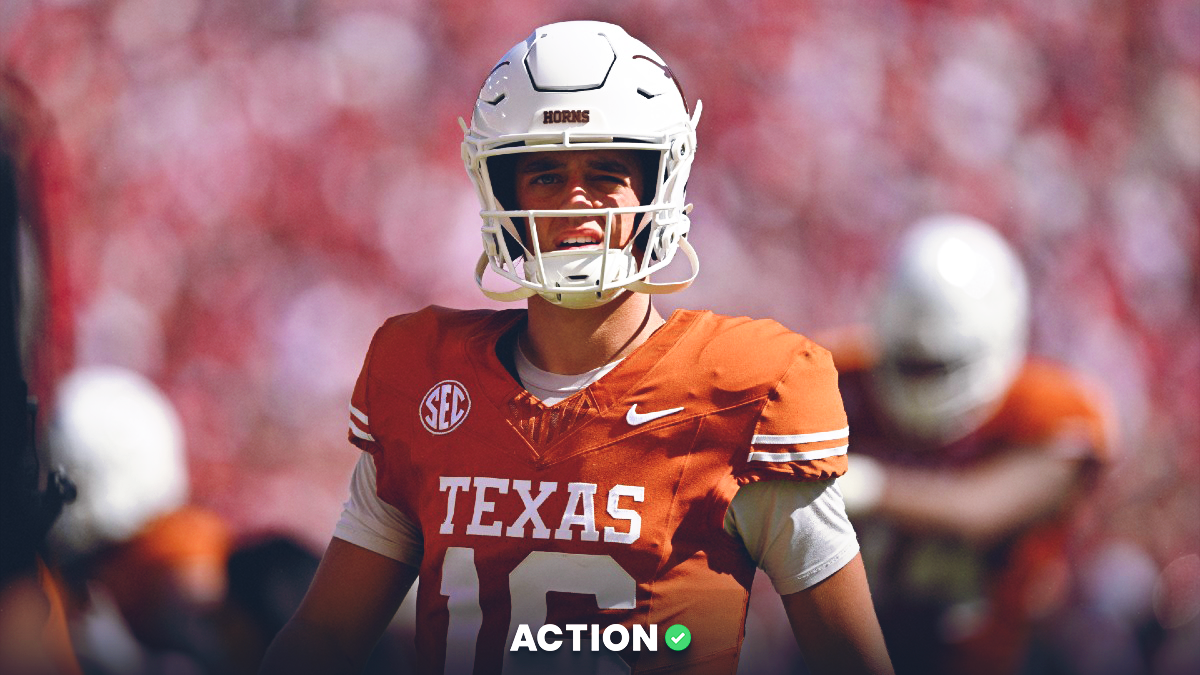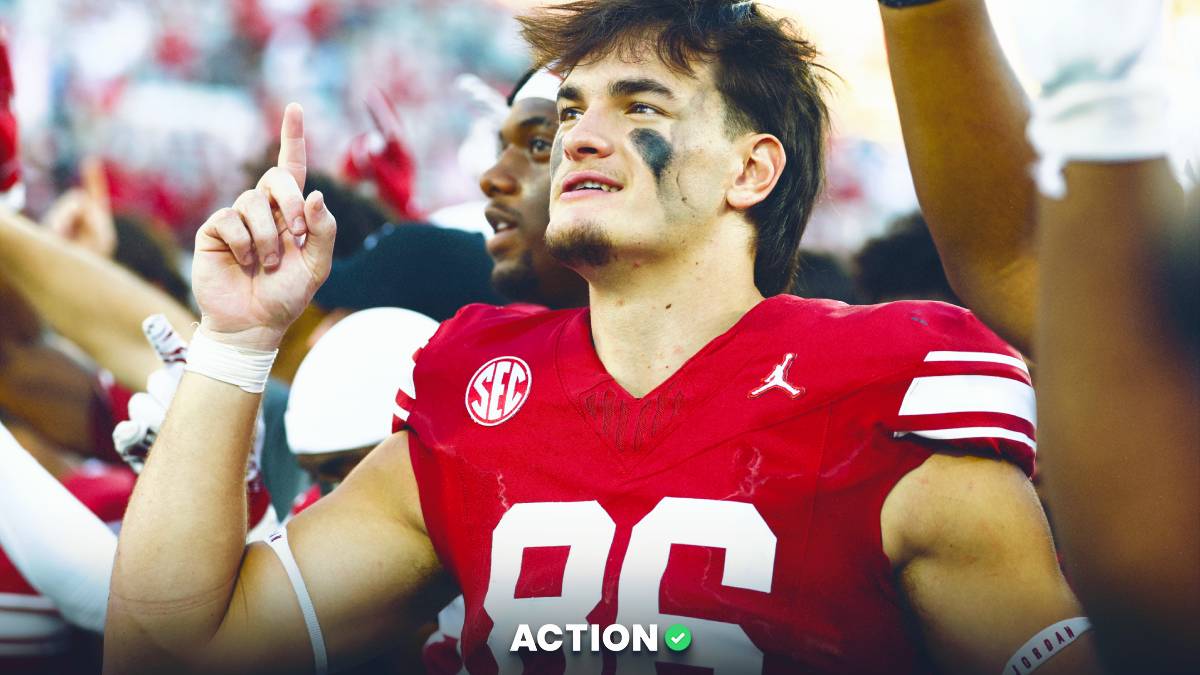Picture this. It's the year 2032. Here's the latest in college sports.
Alabama has offered a 17-year-old offensive lineman from Texas a contract worth $13 million. It includes rights to his jersey sales, autograph appearances, endorsements and highlight revenue and NFT's over a guaranteed three-year period.
Oregon booster Phil Knight, all of 94 years old, has offered $7 million to a quarterback. His advantage? If the player becomes pro, he gets $2 million guaranteed a year from Nike for every year he is active.
Michigan is using its huge stadium to its advantage. The Wolverines have signed a deal with a running back that guarantees him $25 for every fan in the stadium at home games above 100,000. A capacity crowd at Michigan, with its recent updates to the stadium, means the running back can make $175,000 per game.
At Colorado, the head coach just took a pay cut of $2 million a year and gave it back to the boosters so they could spend money on the best wide receiver they could find.
It's not all saved for the Power 5. A billionaire from Eastern Michigan has given the No. 1 tight end recruit a $21 million guarantee to come to the MAC over the Big Ten.
Welcome to the new norm in "college" football, 10 years in the future.
There are no rules as to what a school can offer a player. It is a free for all. There are also no classes to distract the players from their job: Being great players. There is, of course, no NCAA to enforce anything.
This isn't some fantastical, whimsical scenario. If anything, this will happen before the next decade, given the speed at which things are going.
On Friday, The Athletic reported that a school landed a recruit thanks to its collective signing a contract with him worth as much as $8 million. This is despite NCAA rules, and state rules, that specifically say schools can't use name, image and likeness as an inducement. But that doesn't seem to matter anymore.
So how did we get here?
Quick recap: On July 1, 2021, name, image and likeness became the first way players could get paid. When schools and boosters realized that the NCAA was going to be completely hands off, due to a recent court decision that made clear they could not restrict earnings, NIL became a ruse.
Instead of name, image and likeness being traditional endorsement deals, boosters built collectives to pool money and drive it to their school's athletes, and later to recruits.
In the name, image and likeness deal, it's a blank check to do something in order to come to the school. The job athletes are getting paid for matters not much in the way the no show jobs worked in the mid 1980s when cheating was rampant. Who wants to say no? Certainly not the states making the laws. The conferences? The reward to the one with the loosest policy gets the best athletes.
The NCAA? Get rid of it.
For so long, the NCAA established its main purpose as the umbrella organization whose most important job was enforcement. Now that it's not enforcing anything, it has been reduced down to running the championships of every sport. OK, seems like it's time to hire an event company.
The NCAA once argued that college sports couldn't go pro because if the athlete didn't go to the school, the fans would have less affinity. Well, it's time to put that to the test.
Goodbye to the intermediate leagues — XFL, USFL and Overtime. In the new paid college world, there will be no room for you.
Will it be a better game? Who knows. But you can't put the toothpaste back in the tube.




